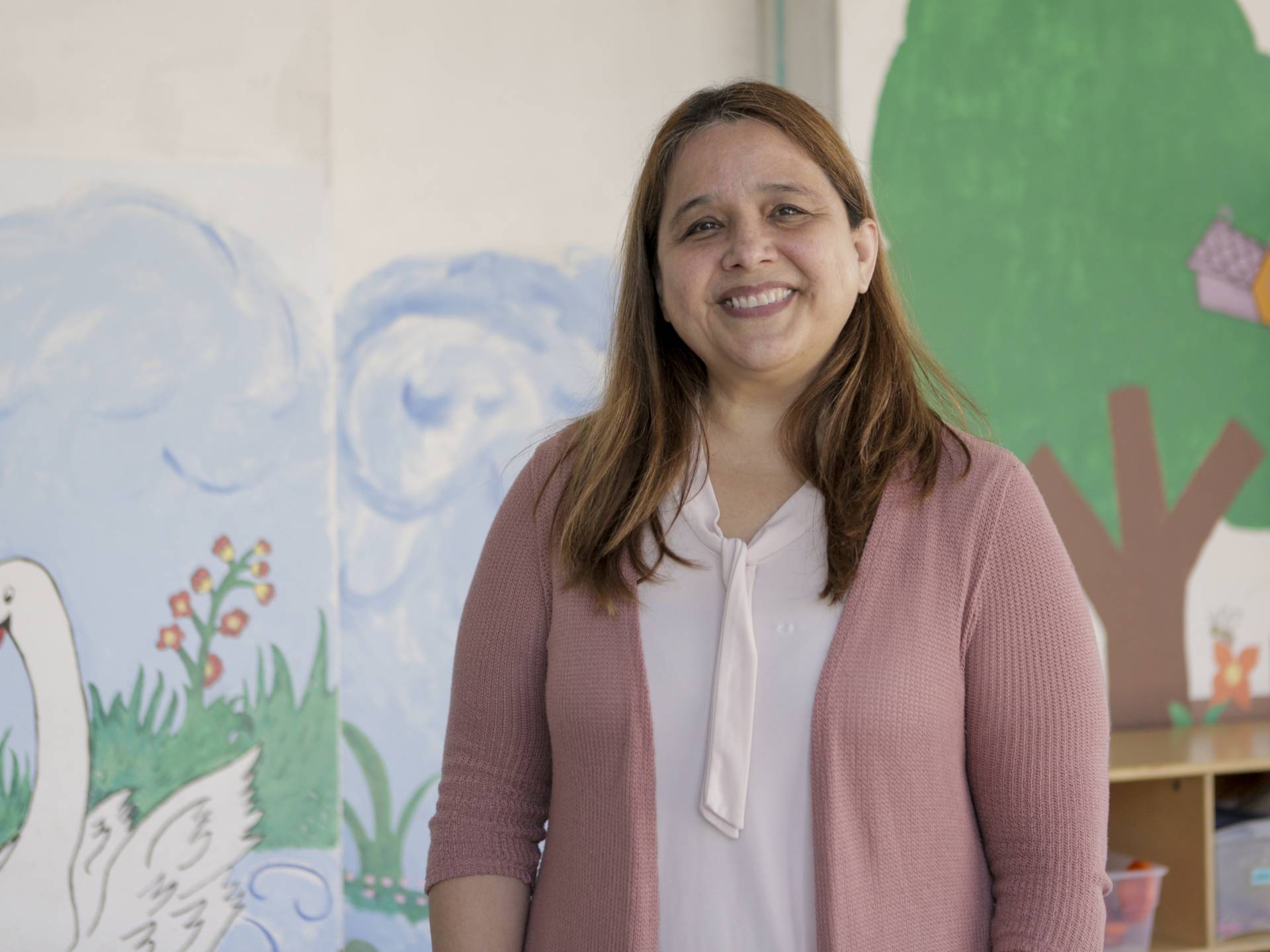‘Essential’ Child Care Workers Struggle To Balance Family Needs, Safety
Author: Ki Sung
Go to Source
Child care providers around the country have been hit hard by the coronavirus pandemic, with many facing closure even as others struggle to stay open.
At least 12 states have shuttered all child care except for essential workers, according to The Hunt Institute, an education nonprofit. In California, the decision is up to each provider, who must balance the needs of families with the health and safety of workers and children.
“The bottom line is we need our child care facilities, our daycare centers to operate, to absorb the magnitude of the impacts of the school closures,” California Gov. Gavin Newsom said at a March press conference.
At ABC Little School in Los Angeles, parents now drop off their children at the gates. Staff are advised to travel only between their homes and the school. And the center is closed on Fridays for deep cleaning.
Director Stephanie Ortega says it falls on her to implement policies to ensure the safety of her employees and the students, who range in age from 18 months to 6 years old.
“I have parents that are upset that I’m open, and I have parents that are in need of me being open,” Ortega says.
The state agency that licenses child care recommends facilities screen staff and students for respiratory illnesses and create contingency plans for an outbreak of COVID-19. Ortega and other providers say they’re not getting enough guidance.
“We’re kind of on our own here,” Ortega says. “[If] we continue to stay open and the situation does worsen, I’m putting not only my teachers at risk, I’m putting the children at risk.”
California is trying to ensure that “essential” workers have access to care. For the first time ever, the state’s Department of Social Services issued a waiver that would allow employers to set up emergency child care. Existing centers are also changing to meet these families’ needs.
The Child Development Center at Fairplex in Pomona is just up the street from a hospital and a coronavirus quarantine center.
“There’s a tremendous amount of hand washing going on,” says Executive Director Holly Reynolds.
Classrooms are limited to 10 people at a time, there’s an extra seat in between each kid at lunch and new students will be kept separate from existing ones. All this aligns with county health department guidelines.
Reynolds says the center is prioritizing care for children of essential workers, like pharmacy employees, doctors and first responders.
“We’re providing an essential service so that these families can go out and save lives,” she says.
Still, it’s been a challenge as less than a quarter of the usual kids show up each day.
California’s Department of Social Services reported 36% of Los Angeles County’s preschools and day care centers have closed as of March 23, the most recent numbers available.

That includes Young Horizons Child Development Centers in Long Beach.
“The fear of spreading the virus was huge,” says executive director Sarah Soriano. She says many recommendations, like keeping everyone six feet apart, were impossible to implement in a center with dozens of children from infancy to preschool.
“Children naturally want to play together, they want to build things together, they want to color and paint,” Soriano says. “If we have little ones you have to hold them, you have to feed them. How do you practice social distancing? You don’t.”
On top of that, neither her regular suppliers nor nearby stores had basics like bread and cleaning supplies.
“We did everything we could up to the moment that we couldn’t,” Soriano says.
Across town in North Hollywood, Kim Martin became extra vigilant about the health of the dozen or so kids usually in her care at her home. As two children arrived in March she asked if they had a fever or had been sick.
“I personally am not going to close unless they tell me, but part of me wants them to tell me to close because I’m a little nervous, too,” Martin said when I first reached her.
Martin has been a home child care provider for 23 years. But she recently turned 66, making her part of the population more likely to get seriously ill from the coronavirus. And after California ordered all nonessential workers to stay home, there were few kids left to watch.
Now Martin is making calls to defer her car payment and negotiate her student loans and rent in order to make ends meet
Nationwide, child care workers earn an average of $11 an hour. Home providers are self-employed and don’t typically qualify for unemployment. Martin does plan to apply for expanded benefits under the federal relief plan.
“We’ve always lived paycheck to paycheck, and sometimes we’ve had no money,” Martin says. “We know how to eat cheese and crackers for dinner.”
Martin is confident her child care business will survive. But as the pandemic stretches from weeks to months, it’s not clear how many providers who’ve had to close will ever reopen.
9(MDAxOTAwOTE4MDEyMTkxMDAzNjczZDljZA004))
